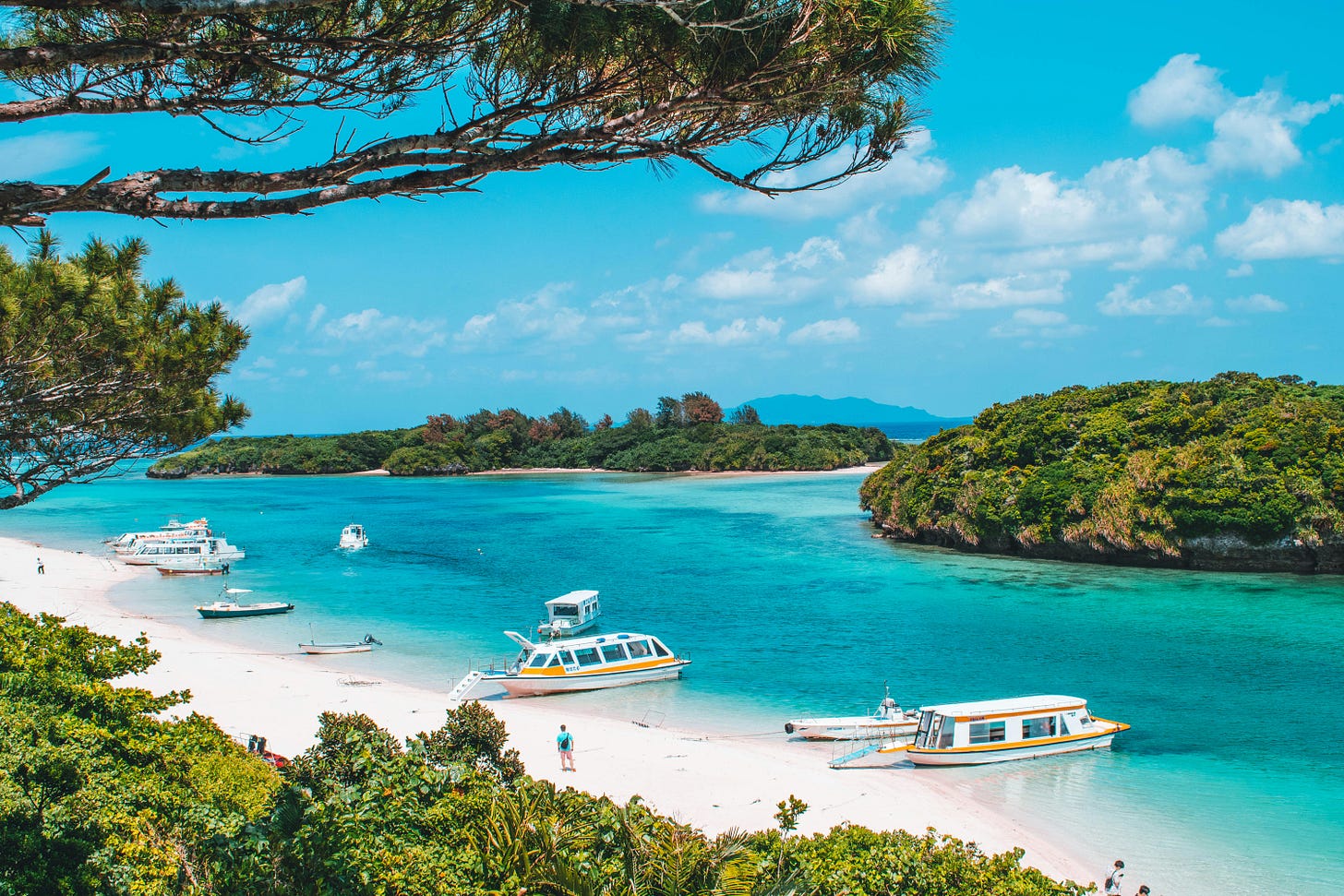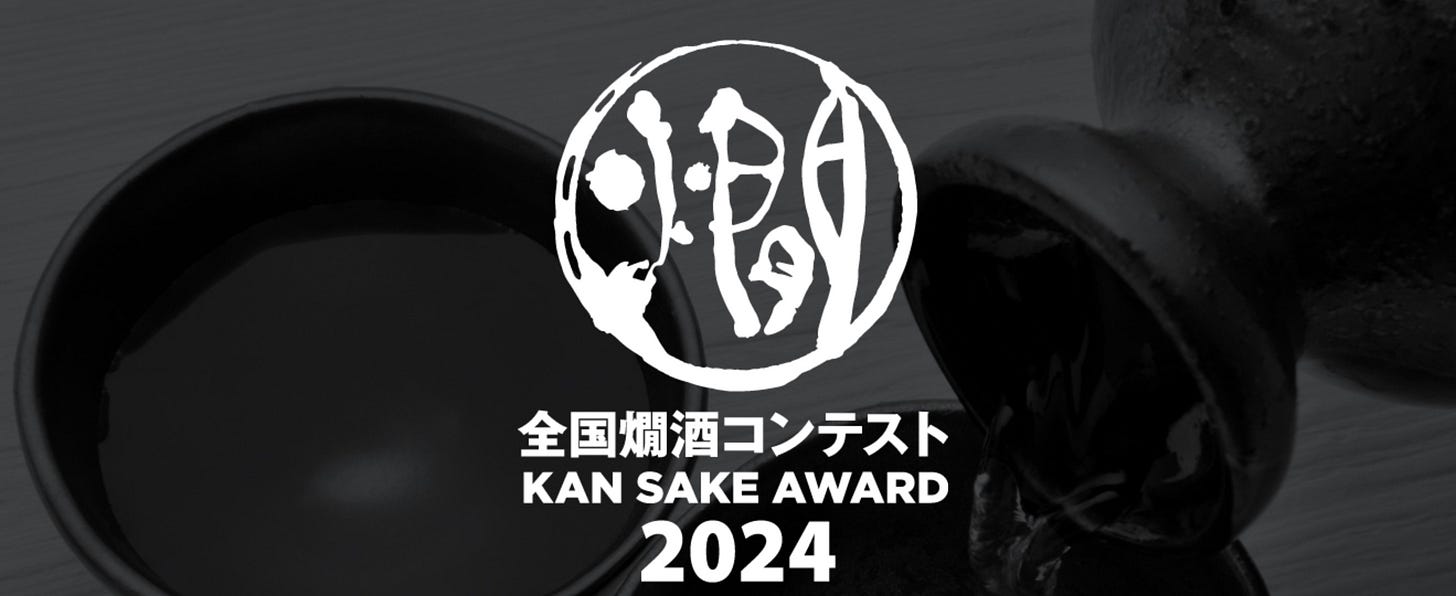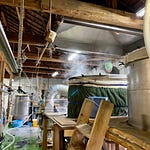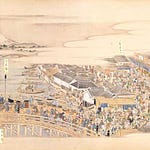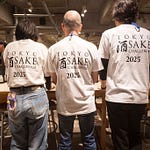Welcome to Issue #119 of SIN.
Well, all anyone is talking about in Japan lately is Typhoon Shanshan, which has been wreaking havoc in parts of Japan (mostly, but not only southern regions) in terms of damage, but also inconveniencing other parts of the country due to its unpredictability, which has caused major chaos. Trains are not running - then they are, then they are not again, and businesses have been shutting down over fears of a typhoon that may or may not come (depending on where one is). And the unpredictability is expected to continue for a few more days.
So far we haven’t heard any direct reports of damage to any sake breweries, although there may be some more news over the next few days. Let’s hope we can squeak through this one with minimal tragedy.
And now for the news…
Sake For The Tropics
Okinawa- In what is probably our first news from Okinawa; the region’s sole producer of nihonshu is heading for a complete makeover.
Taikoku Shuzō, maker of Reimei, was acquired by liquor distributor Nanto Shuhan in March 2024 through an M&A agreement. Production at Taikoku Shuzō is now on hiatus as plans are being developed to move the brewery from its location in Uruma on Okinawa’s main island to a location some 436 km south on remote Ishigaki Island.
Sake production will take place at the new location in cooperation with awamori producer, Seifuku Shuzō. A new brewing facility will be constructed for Taikoku Shuzō, which will continue to operate under its own business name.
Almost half of the rice grown in Okinawa is grown on Ishigaki Island, with table-rice Hitomebore being the main variety. President Kenryu Kanna of Seifuku says with the use of the local soft water and locally grown rice, Ishigaki Island is the best place to brew sake in Okinawa.
Construction of the new brewing facility is planned for next year with production and sales to begin in 2026.
Source - Mainichi
JG: Ishigaki-jima is positively tropical. Clearly, the company will be using thorough temperature control. I also did not know they could, much less are, growing rice down there! I would love to see it in action, and more importantly, I do want Okinawa to continue to brew at least some sake (as much as I love awamori).
請福酒造 (直火請福), 泰石酒造(黎明)
Aramasa Brings Back Wood
Akita- Earlier this year, Aramasa Shuzõ switched to 100% use of wooden fermentation tanks for its sake, and now the brewery has also launched a workshop for production of wooden casks.
In 2013 Aramasa Shuzõ purchased Osaka-based, Fujii Seiokesho (Fujii Wooden Barrel Manufacturer), one of the Japan’s few remaining producers of wooden tanks, and has been sending its employees to Osaka to learn the skills of barrel and other wooden craft construction from the craftsmen there, who number among the few left in Japan.
Construction of Aramasa Shuzõ’s own workshop was completed in June at the brewery site in a building which has been registered as a tangible cultural property by Akita Prefecture. The workshop has just begun operation, and will not only produce wooden tanks to be used by Aramasa Shuzõ, (the brewery already has 48 wooden tanks) but will also offer bespoke wooden tanks and tools to other breweries as well as repairs.
Yusuke Sato, president of Aramasa Shuzõ believes wooden fermentation tanks are especially well-suited to the brewery’s kimoto-exclusive approach to brewing.
The use of wooden tanks for sake fermentation was the norm until the early Showa Period (around the 1930s) when most breweries began to switch to steel, enamel-coated tanks due to easier maintenance and higher levels of sanitation.
Source - Nikkei
JG: With the craftsmen that make wooden barrels, casks, tubs, koji trays and the like numbering so few, this is clearly a smart move for a company that brews exclusively in wood. As a sidenote, Kenbishi and Kikumasamune also do a lot of their own woodworking.
新政酒造(No.6)
Hottest In Show
Tokyo- The results are in for the National Kansake* Contest 2024, a unique contest that evaluates sake based on its merits when served heated.
This year, 939 entries from 241 sake breweries across Japan were divided into four categories and judged by a panel of experts in a blind tasting.
Listen to this episode with a 7-day free trial
Subscribe to Sake Industry News to listen to this post and get 7 days of free access to the full post archives.




